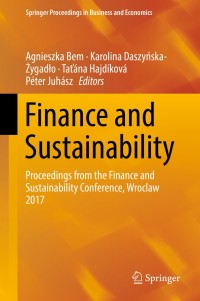Question
In the interest rate market, you are given annual interest rates of 8 percent in the United States and 4 percent in Japan. The interest
In the interest rate market, you are given annual interest rates of 8 percent in the United States and 4 percent in Japan. The interest rates are continuously compounded. An FI can borrow (by issuing CDs) or lend (by purchasing CDs) at these rates. In the currency market, you are given that the spot exchange rate is USD 0.0083333333 per one JPY. In addition, the one-year forward exchange rate is USD 0.0080 per one JPY.
Assuming that at time t=0 (now), an arbitrager can borrow or lend exactly either USD 1,000 in the U.S. Interest rate (bond) market or JPY 120,000 in Japanese Interest rate (bond) market. Construct an arbitrage strategy whereby the arbitrager will have zero net cash flow at time t=0 (Now), but will have some positive net cash flow in JPY at time one-year from now (t=12 months). What is the amount of that positive net cash flow in JPY at time t=12 months? The abbreviation USD is for US Dollar, and JPY is for Japanese Yen.
(Give your answer in JPY. Round-off to at least 4 decimal places. DO NOT GIVE YOUR ANSWER IN USD. You are calculating net cash flow at t=12 months (one-year))
Step by Step Solution
There are 3 Steps involved in it
Step: 1

Get Instant Access to Expert-Tailored Solutions
See step-by-step solutions with expert insights and AI powered tools for academic success
Step: 2

Step: 3

Ace Your Homework with AI
Get the answers you need in no time with our AI-driven, step-by-step assistance
Get Started


